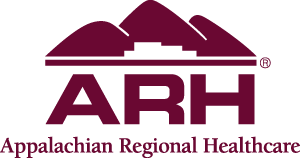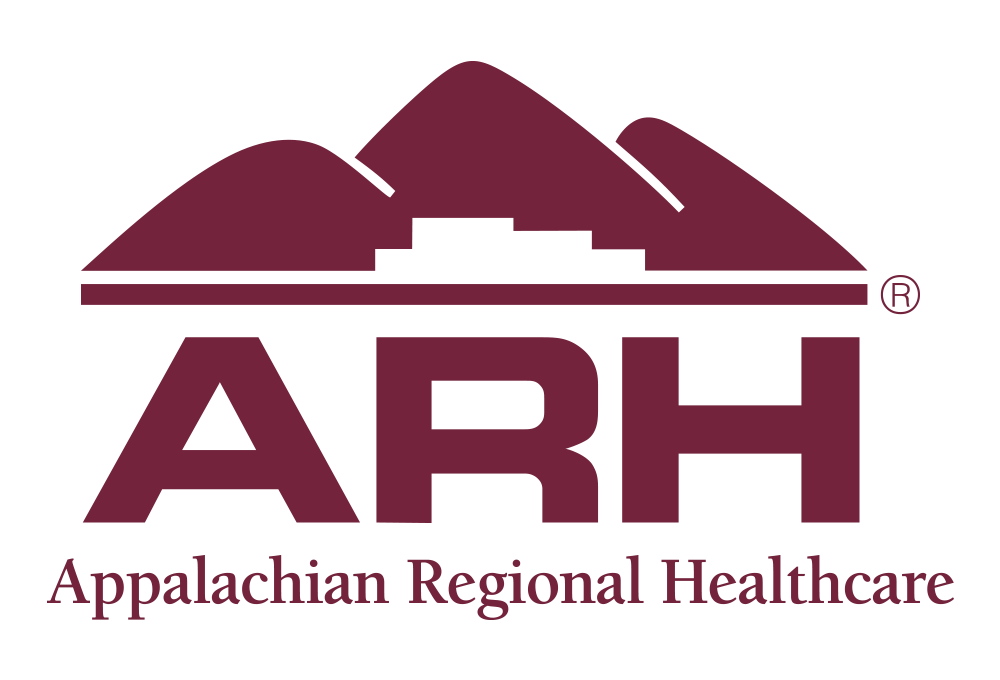World Hypertension Day is October 17
According to the American Heart Association, nearly half of U.S. adults have high blood pressure (BP) and 45.6% of those with high BP do not have it controlled.Uncontrolled BP can lead to heart attack, stroke, heart failure and other serious life threats.
With World Hypertension Day being on October 17 this year, people around the globe will focus on the importance of monitoring their blood pressure. The International Society of Hypertension (ISH) noted that in the year 2000, the estimated number of adults living with high blood pressure globally was 972 million. This number is expected to increase to 1.56 billion by 2025! Lifestyle factors such as physical inactivity, a salt-rich diet with high processed and fatty foods and alcohol and tobacco use, are reasons for the increase of disease.
“High blood pressure forces your heart to work too hard, and it hardens the walls of your arteries,” states ARH Cardiologist Melaku Demede, MD. “That is why it’s important to check your blood pressure regularly—even record your numbers and share them with your physician.”
When taking your blood pressure, your readings are shown as two numbers, typically written as a ratio, that represent different measurements.
“These two numbers can vary, but guidelines recommend that your numbers not go beyond 120 over 80,” says Dr. Demede. “If your numbers consistently go above these guidelines, you need to see a physician.
The American Heart Association (AHA) defines blood pressure numbers as follows:
Systolic: The top number and also the higher of the two numbers. This number signifies the pressure in the arteries when the heart beats (when the heart muscle contracts). Diastolic: The bottom and lower of the two numbers. It measures the pressure in the arteries between heartbeats (when the heart muscle is resting between beats and the heart refills with blood).
What is considered normal blood pressure or high blood pressure? View the chart for a quick look at blood pressure categories defined by the AHA.
If you check your blood pressure regularly and notice your numbers are getting higher, make an appointment with your physician. If high readings continue, then your physician will make a high blood pressure diagnosis.
“Whether you’ve just begun dealing with high blood pressure or have had it for several years, the good news is you can take steps to lower your blood pressure,” said Dr. Demede.
 According to Dr. Demede, these steps focus on adopting a healthy lifestyle which includes increasing physical activity, managing your weight with a healthy diet (especially lowering your daily intake of salt), managing stress, avoiding tobacco, drinking less alcohol (if you consume alcohol) and taking any prescribed medications.
According to Dr. Demede, these steps focus on adopting a healthy lifestyle which includes increasing physical activity, managing your weight with a healthy diet (especially lowering your daily intake of salt), managing stress, avoiding tobacco, drinking less alcohol (if you consume alcohol) and taking any prescribed medications.
For more information on high blood pressure go to this link: https://www.heart.org/en/health-topics/high-blood-pressure/understanding-blood-pressure-readings/monitoring-your-blood-pressure-at-home. If you have been monitoring your blood pressure and need to locate a physician or cardiologist near you, go towww.arh.org.
CHART: Reading Blood Pressure Numbers
| Blood pressure category | Systolic mm Hg (upper #) | Diastolic mm Hg (lower #) | |
| Normal | Less than 120 | and | Less than 80 |
| Elevated | 120-129 | or | Less than 80 |
| High blood pressure (Hypertension) Stage 1 |
130-139 | or | 80-89 |
| High blood pressure (Hypertension) Stage 2 |
140 or higher | or | 90 or higher |
| Hypertensive crisis (Emergency care needed) |
Higher than 180 | or | Higher than 120 |
Source: American Heart Association



